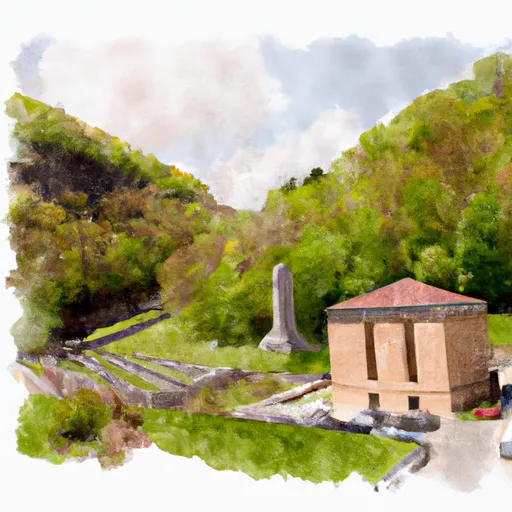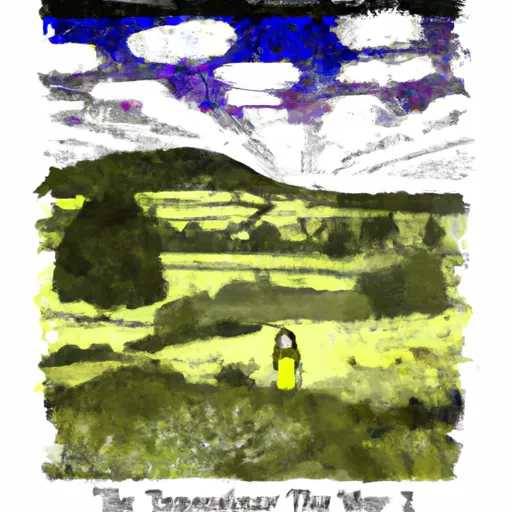Summary
The climate in Johnstown is classified as a humid continental climate, characterized by hot summers and cold winters. Average temperatures range from highs of around 80°F in summer to lows of 20°F in winter, with precipitation evenly distributed throughout the year.
Johnstown is nestled in the Conemaugh River valley, surrounded by the Allegheny Mountains. The city is home to several hydrology constituents, including the Conemaugh River and Stonycreek River. These waterways provide opportunities for fishing, boating, and kayaking, with the Stonycreek River being particularly popular for whitewater rafting enthusiasts.
Outdoor recreation in Johnstown extends beyond its waterways, with numerous parks and trails throughout the area. The Johnstown Flood Museum and the Path of the Flood Trail offer a chance to explore the city's history and learn about the devastating 1889 flood. The nearby Laurel Highlands region provides opportunities for hiking, camping, and skiing in the winter months.
Overall, Johnstown offers a diverse climate, beautiful hydrologic features, and a wide range of outdoor activities for nature enthusiasts to enjoy.
Weather Forecast
Johnstown receives approximately 1226mm of rain per year, with humidity levels near 83% and air temperatures averaging around 10°C. Johnstown has a plant hardyness factor of 6, meaning plants and agriculture in this region thrive during a short period during spring and early summer. Most plants will die off during the colder winter months.
Area Campgrounds
| Location | Reservations | Toilets |
|---|---|---|
 Lorain Borough Park
Lorain Borough Park
|
||
 Stefan's Campsite
Stefan's Campsite
|
||
 Adams Croyle
Adams Croyle
|
||
 Nanty Glo Municipal Park
Nanty Glo Municipal Park
|
||
 Quemahoning Family Rec Area
Quemahoning Family Rec Area
|

 Luray Avenue Park
Luray Avenue Park
 Johnstown Flood National Memorial
Johnstown Flood National Memorial
 State Game Lands 079
State Game Lands 079